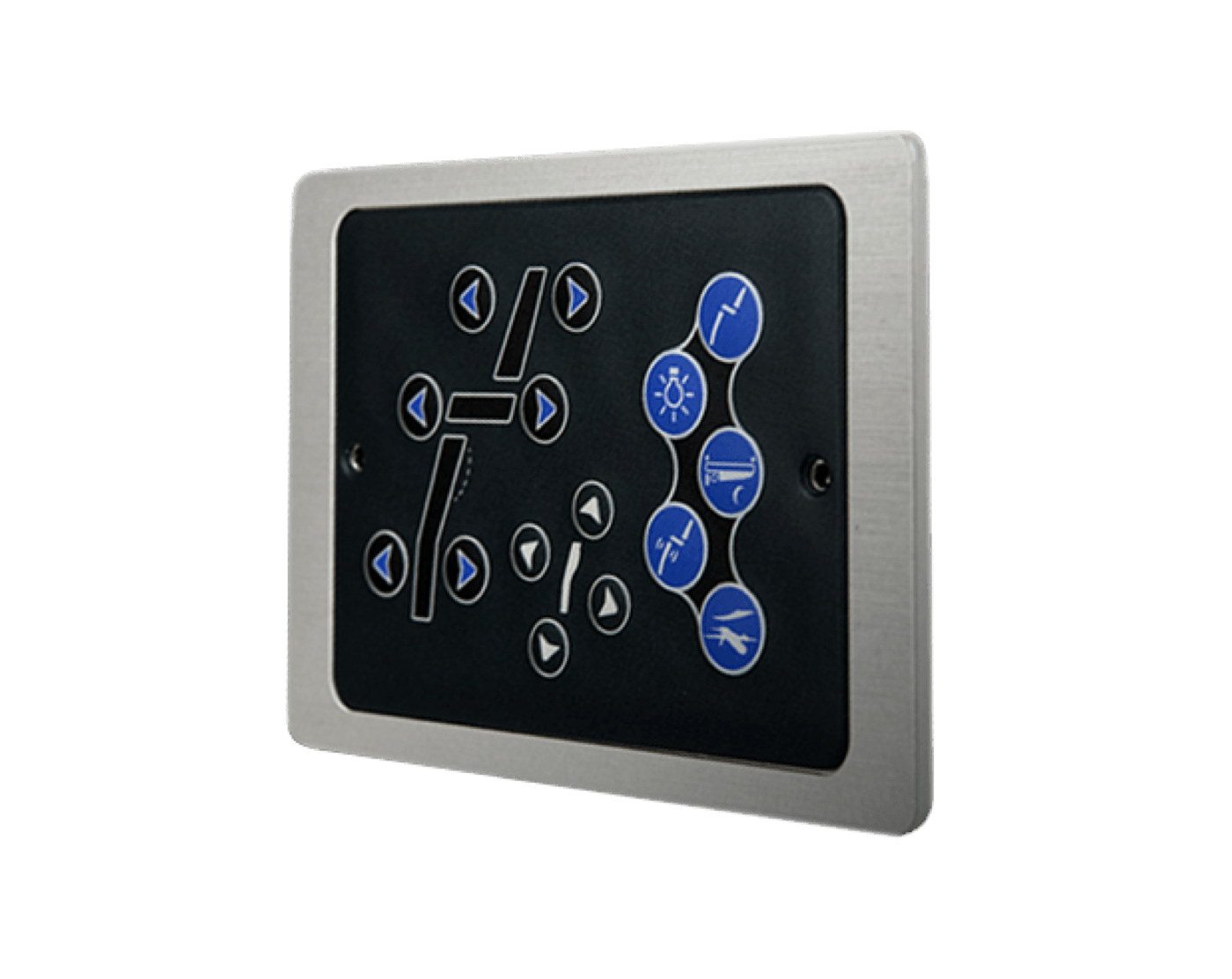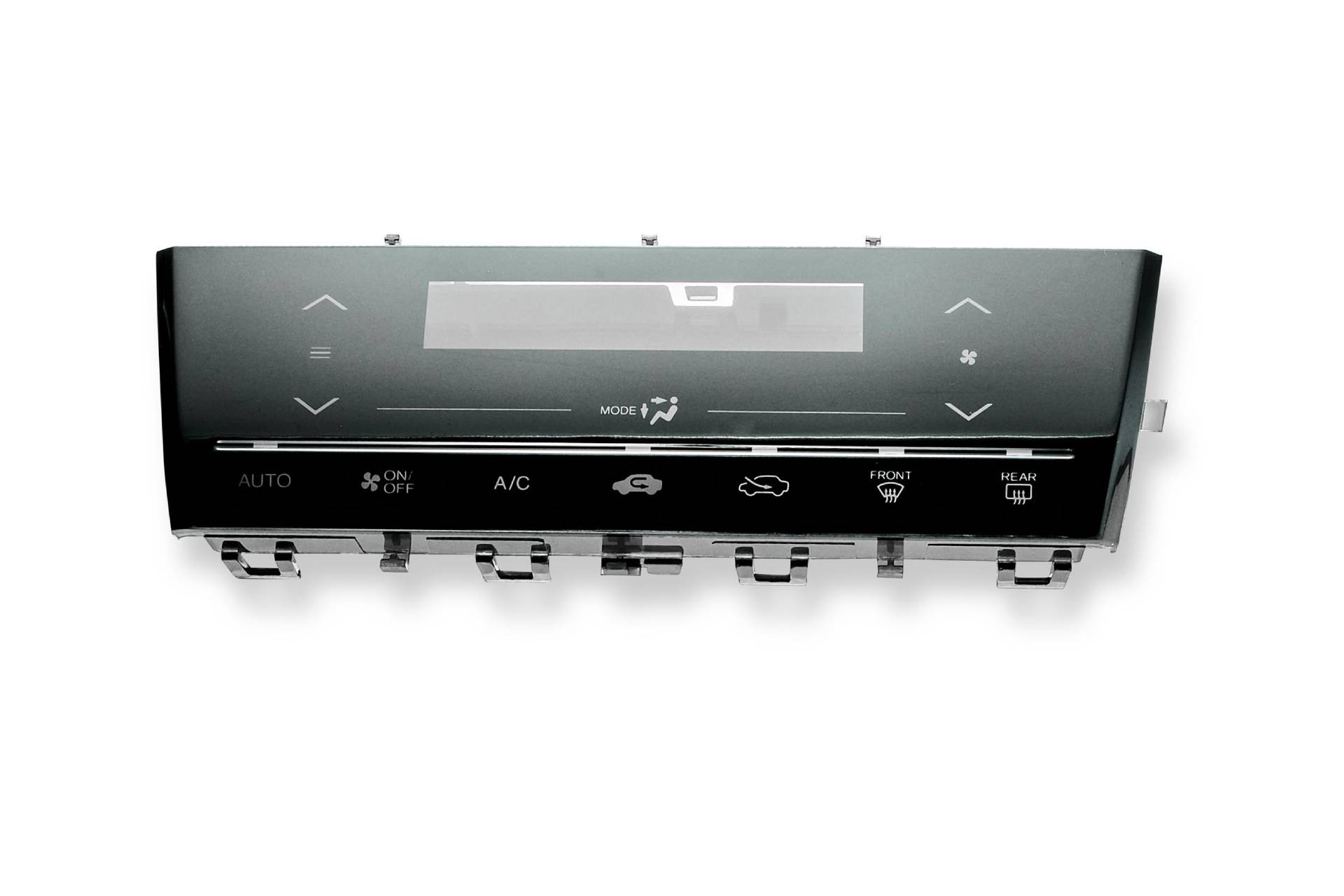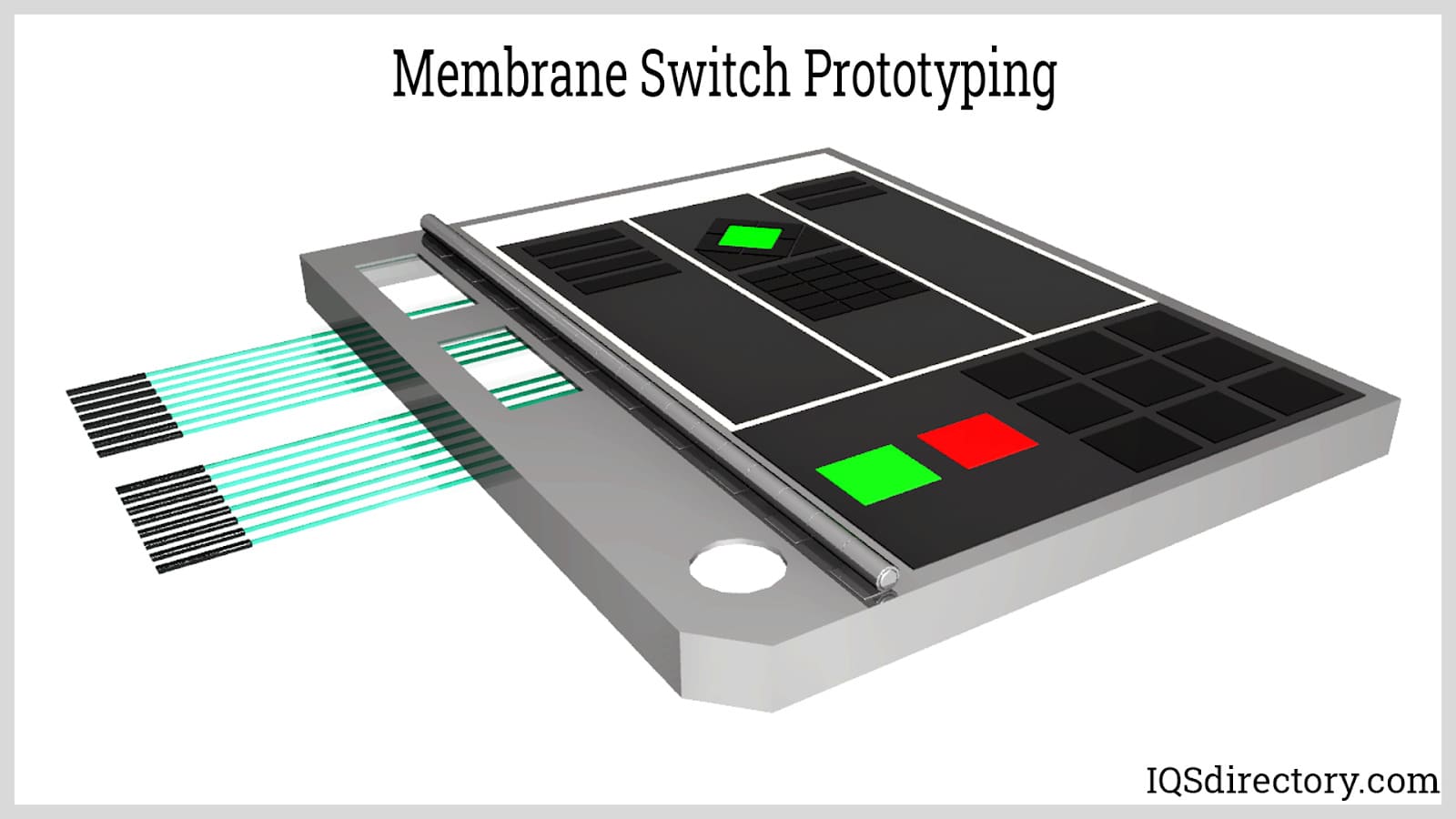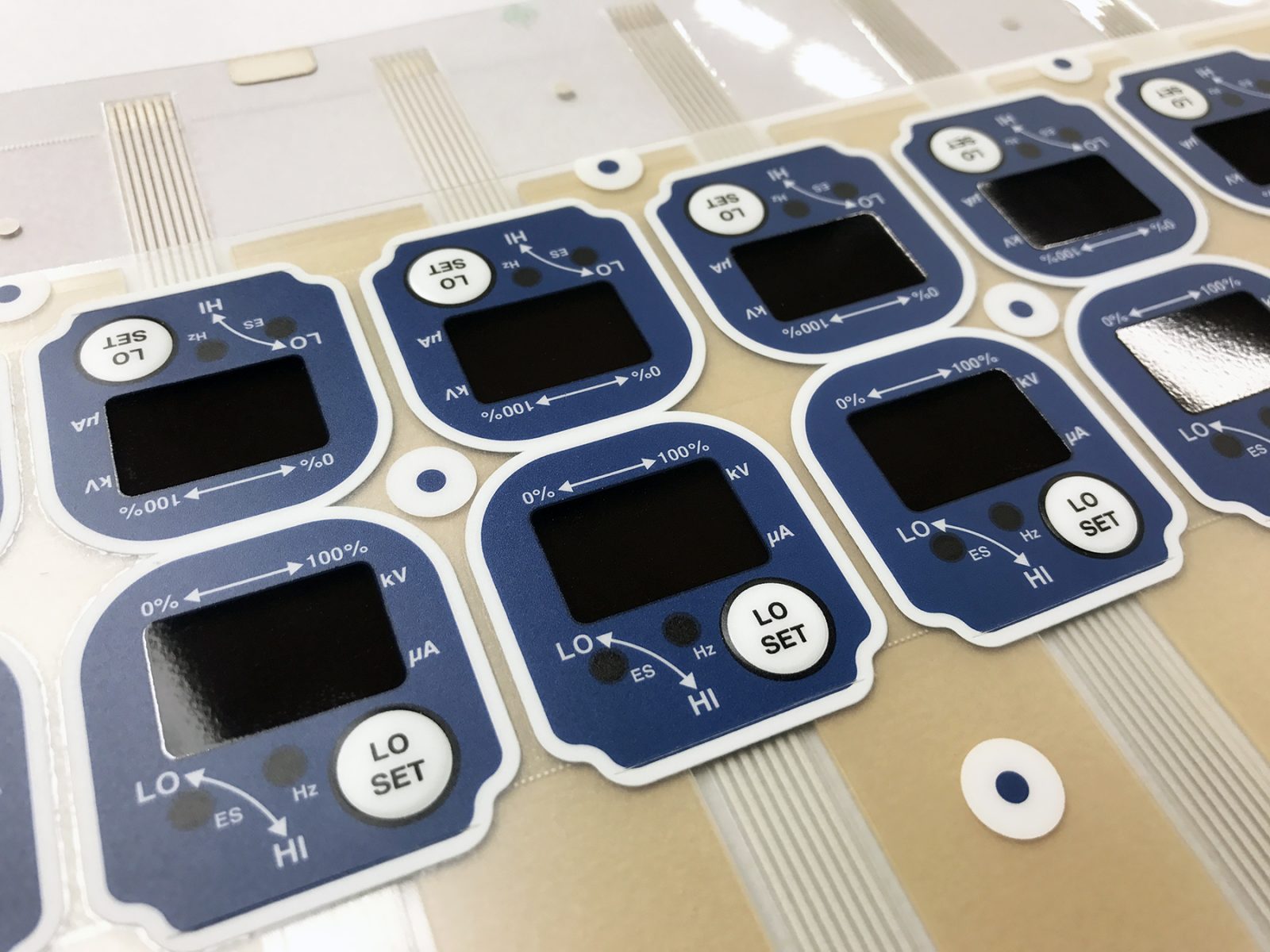Projects requiring high standards should always involve a capable membrane switch manufacturer from the start.
Projects requiring high standards should always involve a capable membrane switch manufacturer from the start.
Blog Article
All About Membrane Switch Over: Understanding Its Layout and Functionality
When you think regarding the control user interfaces in contemporary tools, membrane layer switches typically come to mind. Let's explore what sets membrane layer changes apart from various other control systems.
What Are Membrane Buttons?

Membrane switches can additionally be customized concerning form, dimension, and graphics, permitting manufacturers to produce distinct interfaces tailored to particular products. Generally, membrane buttons play a substantial duty in boosting customer experience throughout a large array of applications.
How Membrane Layer Switches Job
When you press a key on a membrane button, it triggers a simple yet reliable system. membrane switch manufacturer. The leading layer, frequently made of versatile material, pushes down onto a conductive layer underneath it.
You'll notice that the tactile responses varies based on the switch design, using either a soft click or an extra pronounced action. As soon as you launch the trick, the membrane go back to its original setting, resuming the circuit and stopping the signal. This process occurs almost instantly, ensuring a receptive customer experience.
Membrane switches are preferred because of their durability and resistance to dust and moisture, making them excellent for various applications, from home devices to clinical gadgets. Comprehending this operation aids you appreciate their extensive use.
Secret Elements of Membrane Switches
Comprehending the key components of membrane layer switches is essential for understanding their functionality and design. The safety layer shields versus environmental variables and put on, prolonging the switch's life-span. By understanding these elements, you'll gain insight into exactly how membrane switches operate and their value in numerous applications.
Materials Used in Membrane Switch Over Layout
The performance and sturdiness of membrane layer switches over greatly depend upon the materials used in their style. You generally run into polyester and polycarbonate as main substrates due to their outstanding stamina and flexibility. These products withstand scrapes and chemicals, making them optimal for requiring settings.
The conductive layers usually utilize silver or carbon, picked for their integrity and conductivity. membrane switch manufacturer. Silver offers remarkable efficiency, while carbon is an affordable alternative. For the overlay, you may consider a matte or glossy coating, depending upon your aesthetic requirements and individual experience
Make certain to select adhesives that endure environmental aspects like temperature level and moisture. Choosing the right products will certainly ensure your membrane layer switch stands the test of time.
Layout Factors To Consider for Membrane Layer Switches
While designing membrane layer buttons, it's crucial to think about different elements that affect their performance and user experience. Begin by concentrating on the design and button dimension; ensure they're user-friendly and very easy to browse. Think about the tactile feedback you desire to offer-- will individuals need a noticeable click or a softer touch? In addition, consider the materials you'll use, as they'll influence longevity and aesthetic appeals.
Don't ignore the visuals layout; clear labeling and color comparison are significant for presence. Verify your layout suits environmental factors, like moisture or temperature variants, which might impact performance. Remember the value of my response screening models with genuine customers to gather responses and make essential modifications. This repetitive process assists you improve the layout, validating it satisfies both useful and visual demands effectively. By very carefully taking into consideration these components, you'll develop a membrane switch that enhances use and fulfillment.
Applications of Membrane Layer Switches
Membrane buttons are versatile components found in various applications, from industrial devices to consumer electronic devices. You'll see their impact in makers that require durable interfaces and in devices that benefit from smooth styles. Comprehending these applications assists you appreciate the performance and usefulness of membrane buttons in day-to-day modern technology.
Industrial Devices Usage
When you're looking to improve the performance of commercial equipment, membrane layer buttons provide a dependable service that incorporates resilience with straightforward layout. These switches are best for harsh atmospheres, providing resistance to dust, dampness, and chemicals. Embrace membrane switches to enhance your operations and enhance total performance.
Customer Electronic Devices Combination
In the domain name of consumer electronics, membrane layer switches play an essential role in improving customer communication and gadget capability. You'll discover them in devices like microwaves, remotes, and pc gaming consoles, supplying a smooth method to interact with modern technology. Their streamlined style permits simple assimilation into different products, making controls user-friendly and user-friendly. With their capacity to incorporate graphics and backlighting, you can delight in a modern visual that matches the tool's overall appearance. Membrane layer switches also guarantee durability and resistance to dust and dampness, expanding the life expectancy of your electronics. By choosing membrane layer switches, you enhance not just the functionality but likewise the style of your devices, making day-to-day interactions smooth and pleasurable.
Benefits and Drawbacks of Membrane Layer Buttons
While membrane layer switches offer a variety of benefits, they additionally come with some downsides that you must consider. One significant advantage is their portable design, making them optimal for space-constrained applications.

Membrane buttons can find have a much shorter life-span compared to mechanical buttons, specifically under hefty use. They can likewise be much less responsive, which may affect individual comments throughout operation. Stabilizing these pros and disadvantages will help you identify if membrane switches are the ideal fit for your task.
Often Asked Concerns
Exactly How Long Do Membrane Switches Over Normally Last?
Membrane layer changes usually last between 5 to one decade, relying on use and ecological problems. You'll intend to examine aspects like wear, direct exposure to dampness, and temperature changes to determine their longevity effectively.
Can Membrane Layer Switches Be Custom-made for Specific Layouts?
Yes, you can personalize membrane layer buttons to fit details designs (membrane switch manufacturer). You'll have the freedom to pick colors, shapes, and layouts that match your project's requirements, guaranteeing they mix effortlessly with your total aesthetic
What Is the Expense Range for Membrane Layer Switch Manufacturing?
The expense variety for membrane button production typically falls in between $1 and $10 per unit, relying on elements like design complexity, quantity, and materials. You can get quotes from suppliers to find the ideal alternative.

Are Membrane Layer Switches Water-proof or Resistant?
Membrane switches can be created to be water resistant or immune, relying on products used and building and construction techniques. If you need them for wet environments, ensure you define those needs during the style procedure.
Exactly How Do Membrane Switches Over Compare to Typical Switches?
Membrane layer buttons are usually thinner and more versatile than typical buttons, using a sleek style. They're frequently much easier to cleanse and integrate, however might not provide the responsive responses you're used to with mechanical choices.
Conclusion

Report this page